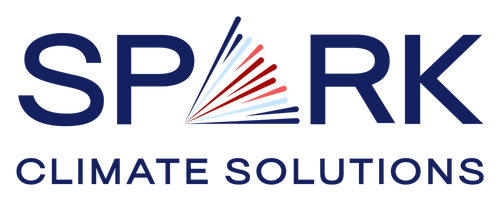Agriculture
The livestock industry produces methane through enteric fermentation (animal burps) and the storage of manure. Rice farming often results in methane, when fields remain flooded for long periods of time. Methane solutions can improve the production of rice, milk, and meat, and can sometimes provide fuel for energy production.
See below for key agriculture resources.
-

Livestock Enteric Methane Mitigation Roadmap
A strategic guide to accelerate the development and adoption of scalable, practical solutions to reduce enteric methane.
-

Methane Mitigation Database - University of Maryland School of Public Policy Center for Global Sustainability
This site provides a searchable database of technologies that reduce or capture methane emissions across different sectors like livestock, wastewater, coal mining, and oil and gas. Users can filter by sector, location, technology type, and more to explore solutions that have been studied or implemented around the world.
-

Food and Agricultural Methane Strategy Report
This report from the Global Climate and Health Alliance examines methane sources in food systems, the benefits of methane action for human health, and methane strategies for every level of government.
-

Practical Guide for Including Agricultural Methane Emission Reduction Targets in Nationally Determined Contributions
This guide includes step-by-step methodologies for methane reduction in livestock, rice, and the waste sector. It covers establishing baselines, choosing actions, setting targets, and employing NDC frameworks.
-

Source-selective and Emission-adjusted GHG CalculaTOR (SECTOR)
This spreadsheet-based tool from the International Rice Research Institute allows users to estimate rice emissions based on a series of factors.
-

Creating a Sustainable Food Future
This report from the World Resources Institute provides an accessible and comprehensive inventory of sustainable agricultural strategies, including those designed to lower cattle and rice methane production.
-

WRI Wetting and Drying Report
This World Resources Institute report identifies water management techniques for rice methane emissions reductions, outlines barriers to their adoption, and makes concrete recommendations to promote their widespread use.
-

EPA Manure Methane Strategy Comparison
This US EPA webpage compares several manure management strategies, including anaerobic digestion, daily spread, pasture-based management, composting, solid storage, and others.
-

Global Methane Initiative Anaerobic Digestion Primer
This short report gives examples of jurisdictions that have employed anaerobic digesters to address manure methane emissions.
-

Global Livestock Environmental Assessment Model (GLEAM-i)
This online tool lets users estimate livestock emissions based on a series of factors, including species, feed, and country.
-

Methane Emission Measurement and Monitoring Methods
In this book chapter, methane measuring techniques from several sectors are discussed, including bottom-up estimation for enteric and manure emissions.
